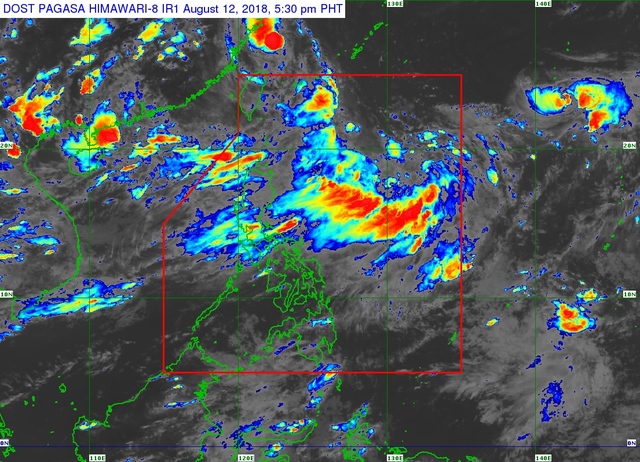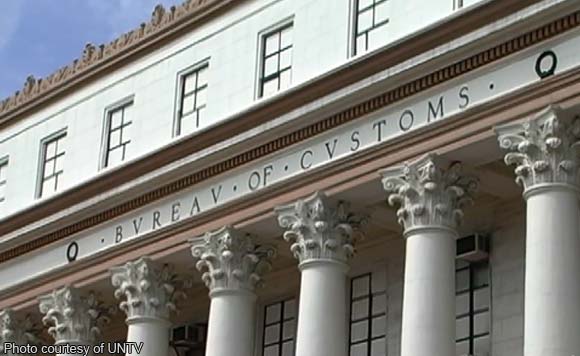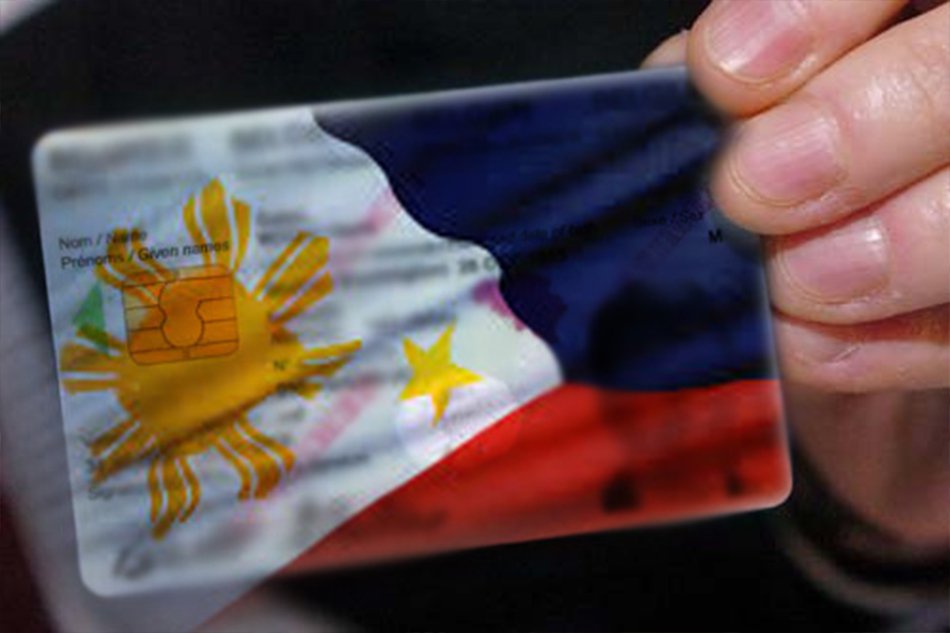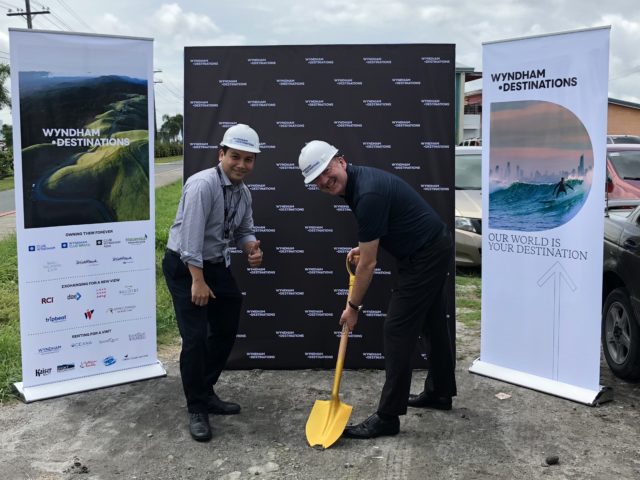Subic Bay: More than just a Freeport
Posted 6 years ago
If being the first-ever freeport in the Philippines wasn’t enough of an accolade, Subic Bay — this bustling economic zone and one of the premier economic zones in the country — has its fair share of trailblazing feats in recent years.

SBMA has turned Subic Bay into a self-sustainable area that promotes the industrial, commercial, investment, and financial areas of trade in the zone as well as in the Philippines.
From sustaining robust economic growth and leading the way for port-related activities to having its first female chairwoman and administrator, Subic Bay sets the benchmark for all other freeports to equal.
The Subic Bay Metropolitan Authority, the primary institution responsible for the development of the Subic Bay Freeport and the Special Economic Zone, will be celebrating 26 years of prolific growth since its inception in 1992 with the founding chairman and administrator Richard “Dick” Gordon, now a senator, at the helm. Now, it’s enjoying the unwavering service of the men and women behind the government-owned and controlled corporation.
SBMA has turned Subic Bay into a self-sustainable area that promotes the industrial, commercial, investment, and financial areas of trade in the zone as well as in the Philippines. It is currently headed by Atty. Wilma T. Eisma, former Public Affairs and Contributions manager of Philip Morris Fortune Tobacco Company Inc., as Chairman and Administrator.
The SBMA is the operating and implementing arm of the Government of the Philippines for the development of the 262 square miles (670 square kilometers) area of Subic Bay Freeport (SBF) into a self-sustaining tourism, industrial, commercial, financial, and investment center to generate employment opportunities for Filipinos. This area was the former American naval facility in Subic Bay.
On March 13, 1992, the Philippine Congress passed Republic Act 7227, known as the Bases Conversion and Development Act of 1992, in anticipation of the pullout of the United States from its military bases in the country. Section 13 of RA 7227 created the SBMA to develop and manage the Freeport, which provides tax and duty-free privileges and incentives to business locators in the special economic zone.
Gordon, then the mayor of the City of Olongapo, became the first SBMA chairman. The mayor, with 8,000 volunteers, took over the facility to preserve and protect US$8 billion worth of property and facilities when the last US Navy helicopter carrier USS Belleau Wood sailed out of Subic Bay on November 24, 1992. That started the conversion of the military base into a free port like Hong Kong and Singapore.
Its mission is to “grow the Freeport to be an environmentally sustainable community where locators are ahead of their competitors and our stakeholders enjoy the highest quality of life,” while its vision for the future is to be the leading Eco-Urban Freeport in Southeast Asia.
Apart from enticing international locators to Philippine shores, Subic has positioned itself as a premier destination — not only as an investment hub, but as a burgeoning amalgam of industries such as leisure and sports, hotels and tourism, and other recreational activities that fall under their scope in tagging Subic Bay as a place to live, work, and play.
With the ascent SBMA has achieved in only a short span of time, it’s hard not to believe that all of this is not achievable — and greater things are in tow for this Freeport for the next 26 years and more.
source: manilastandard.net





































Loading Comment